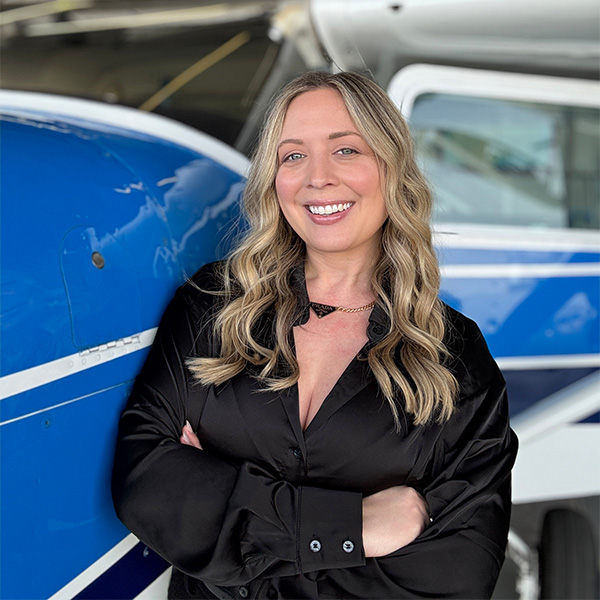Reliable Robotics achieves uncrewed flight
Reliable Robotics, developer of autonomous aircraft systems, achieved a milestone on its way to improving aviation safety through advanced levels of automation with the company’s first uncrewed flight.
Commercial pilot and engineer Danah Tommalieh remotely piloted Reliable Robotics’ modified Cessna 208B Caravan at the Hollister Municipal Airport in California. The successful operation lasted just 12 minutes, including taxi, takeoff, and landing.
Rose explained that in preparation for the operation the company ran dozens of flight tests as well as millions of hours of simulations to confirm the aircraft would behave as expected in all predictable and unpredictable operating conditions.
Rose confirmed that the flight went off as expected and Tommalieh, the remote pilot, did not need to engage any safety redundancies during the operation.
This isn’t the first milestone Reliable Robotics has achieved since its inception in 2017. The company flew a Cessna 172 modified for remote control in 2019.
“This was quite a bit more significant given the Caravan is much larger plane than the 172. Hollister has also become a more populated place since 2019 and so we also had a lot of back and forth with the FAA on assurances related to the populated area that we were flying over and around.”
Tommalieh operated the Caravan from mission control at Reliable Robotics headquarters in Mountain View, about 60 miles west of the Hollister Airport. She used the company’s proprietary interface to send commands and radio communications to the aircraft. The interface does not feature any traditional flight deck controls, but allows the pilot to send commands and radio communications to the aircraft instead.
“The remote pilot has a menu of options available to them,” Rose explained. “You might choose one of these options for traffic deconfliction reasons, for example would be the most common one. There may be a runway incursion incident, you may need to do a go-around, so you have an option to program the aircraft at a very high level to take another lap in the pattern.”
The system is designed to prevent two of the most common fatal aircraft accidents: controlled flight into terrain and loss of control in flight.
For radio communication, the company developed a device that allows the pilot to push-to-talk, and their voice is then streamed via satellite to the aircraft where it is broadcast to aircraft or controllers on the frequency. The pilot can also hear everything that one would hear when flying in the cockpit.
This flight was special to Tommalieh, not only as a commercial pilot but as an engineer, as she was directly involved in the development of the remote flight system and the programming of the human factors user interface elements. She also played a major role in the operational safety analysis and training for the remote pilot position within the company.
“When we set out initially, we weren’t really sure who was going to be the remote pilot, but she became the natural because she was the one that designed and was the most familiar with the system,” Rose said. “We ran hundreds and hundreds of simulations with her where we injected failures and measured her response and ensured that we had all the right operational procedures in place. It’s much like flying today, it’s like your CFI simulates an engine failure, pulls the throttle out, what are you going to do? We threw pretty much everything we could imagine at her to ensure that she would have the correct response, say the right things on the radio, and get the aircraft back safely to the runway.
“This first step with taking the pilot out is a significant leveling up of our processes and relationship with the FAA and is a key steppingstone toward much more significant tests that we have planned in the near future,” Rose said.




